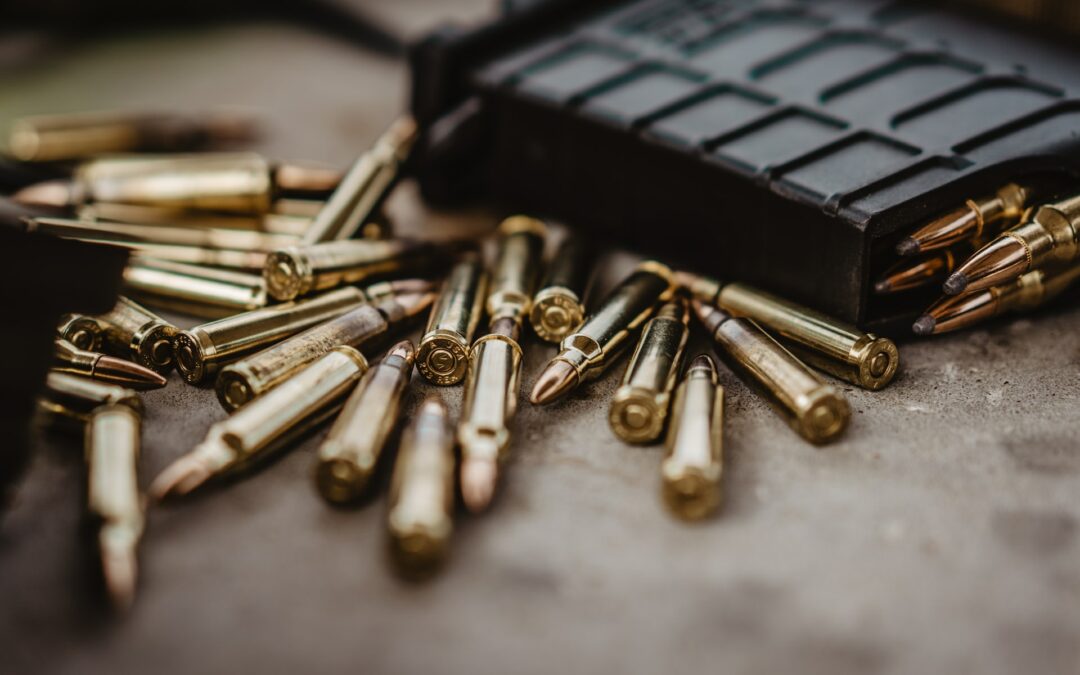Reloading ammunition involves cleaning and resizing the cases, priming, adding the powder and bullet, and then seating the bullet. Each step must be done accurately and with attention to detail to produce good quality, reliable ammunition. As you become more experienced, you can experiment with different components and techniques, but it is best to start with the basics and build from there.
Here are four basic reloading components and their functions:
Cases
Reloading cases is a great way to save money on ammunition. It involves purchasing cases for a one-time cost and reloading them multiple times. However, it is important to be aware that cases fired in another gun may not be compatible with yours, so you should inspect them carefully before use.
Additionally, cases found on the ground at the range should be inspected thoroughly as they may have been discarded for a reason. To ensure the cases are high quality and perform well, it is important to check for signs of damage or defects in the brass and to be aware of the level of finish from different manufacturers.
Primers
When reloading ammunition, it’s important to choose the right primer based on the caliber of your ammunition. Magnum primers should never be used unless your ammunition specifically calls for them. The cost of primers is relatively even across all brands, though availability is limited to what is locally available.
If you experience issues with your gun not igniting the primers, this may be due to a light strike and can be solved by trying a different brand. Pay attention to all safety warnings that come with reloading gear and components.
Powders
The best source of reloading data is from the powder manufacturers, who publish reloading guides with important information and the bullet brands and types used in the loads. These guides are invaluable for those who want to use the same components.
Bullets and Caliber
When reloading, you must choose the right bullet for your intended purpose. Different types, weights, and shapes of bullets are available, each designed with specific characteristics to suit a given application. For example, target shooting bullets are usually designed to have an aerodynamic shape and a low muzzle velocity, while hunting bullets often feature a heavier weight and a higher muzzle velocity.
To begin reloading, it is best to replicate the factory ammunition you are currently using. By consulting the reloading data from a reputable powder manufacturer, you can find the exact caliber and bullet weight for that factory round. The data will also provide powder charge, C.O.L., muzzle velocities, and other useful information. The bullet type may be specified depending on the data, or a generic weight for the caliber may be listed.
Conclusion
Understanding the difference between the four reloading components—cases, bullets, primers, and powder—is essential for successful reloading. The cartridge case houses the other components and provides the seal for the pressure of the burning powder. Bullets are the projectiles launched from the cartridge, primers provide the ignition source for the powder, and the powder is the fuel that causes the bullet to be propelled. Each component plays an important role in reloading and must be understood before attempting to reload ammunition.
RedEye Reloading provides reloading accessories at fair prices, including bullets, powder, brass, and more. If you’re looking for reloading supplies in Myrtle Beach, look no further! Shop online now!
